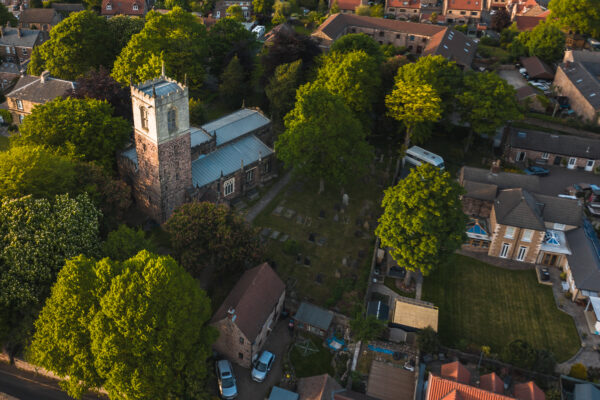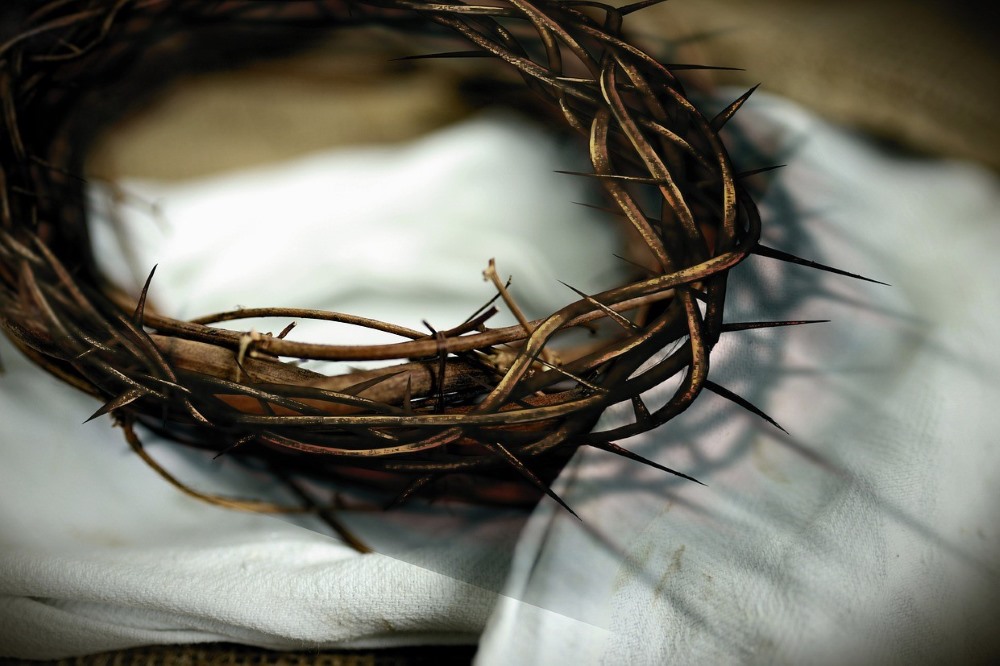Sunday 17th March
Year B: The Fifth Sunday in Lent: Purple or Lent array
Readings:
- Psalm 51: 1-13 or 119: 9-16
- Jeremiah 31: 31-34
- Hebrews 5: 5-10
- John 12: 20-33
Background
Passiontide, the annual memorial of the death and resurrection of Christ, begins this Sunday, which is a bit confusing as Palm Sunday, when the Passion Narrative is read is still a week away, and the Roman Catholic Church now call Palm Sunday, Passion Sunday. But anyway, here we are at the beginning of two weeks of intentional encounter with the great themes of the season: incarnation, suffering, death, resurrection and glory.
It is not clear at what point the church began to make a yearly (as opposed to weekly in some traditions) memorial of the death and resurrection of Christ. It seems to have begun with a night-long vigil and the celebration of a Eucharist at dawn, which then developed and grew into the structured Holy Week and Easter we are now familiar with. All of the Church of England seasonal material including alternative and optional liturgies can be found here.
The next two weeks are an amazing opportunity not just to tell the story of Easter, but to invite people to become part of it. Worship can sometimes be a bit of a spectator sport. I love great liturgy and music and good bible teaching myself, but the true power of Easter is not to be found in admiring these, however skilful and impressive they may be, but rather, in an encounter with Jesus.
Kenneth Stevenson, following others, helpfully makes the distinction between ‘rememorative’ and representational observances (page 5); for shorthand, the difference between observing a portrayal or hearing a description of something, and actually entering into a living recreation of events. If you are interested in exploring this further you might like to take a look at the ideas around anamnesis, the bringing to mind of the events of the Last Supper and epiclesis, the invocation of the Holy Spirit to be present, in the Eucharist. (Obviously, people disagree about what this actually means and the form it takes!)
Nevertheless, many of the services over this coming period include the opportunity to liturgically engage bodies; the waving of palms, washing of feet etc., which (provided they are accessible to all and include sufficient processing time) greatly assist in enabling people to enter into the journey through the events of Holy Week and Easter and share in the new life beyond.
Reflection
‘Sir, we wish to see Jesus.’ That is the request of the Greeks visiting the festival of Passover in today’s Gospel reading. When we picture the people in our congregations and communities, how many do we imagine have the same heartfelt need and desire but perhaps feel a little ‘on the outside’? And how many simply have not heard, or have forgotten, the life-changing possibilities of an encounter with him. How should we respond? And, if and when they come through our doors over Holy Week and Easter, what of Jesus will they see?
What will they see in the walk to the door? Is it a path they will want to tread and an entrance that looks welcoming to them? What is the first thing they will see when they cross the threshold? What will they find? Will this be for them a history lesson about a church that has some interesting traditions or will it be life-giving and changing encounter?
If they enter on Maundy Thursday, will they encounter the humble welcome of the Jesus who wants to wash their feet?
If they come on Good Friday, will they encounter the faithfulness of the love of Jesus, whatever the cost?
If they come on Holy Saturday, will they encounter the sheer emptiness of life without him?
If they come on Easter Sunday, will they encounter a church which knows that Jesus is risen and wants to share the new life and love and light with us all?



